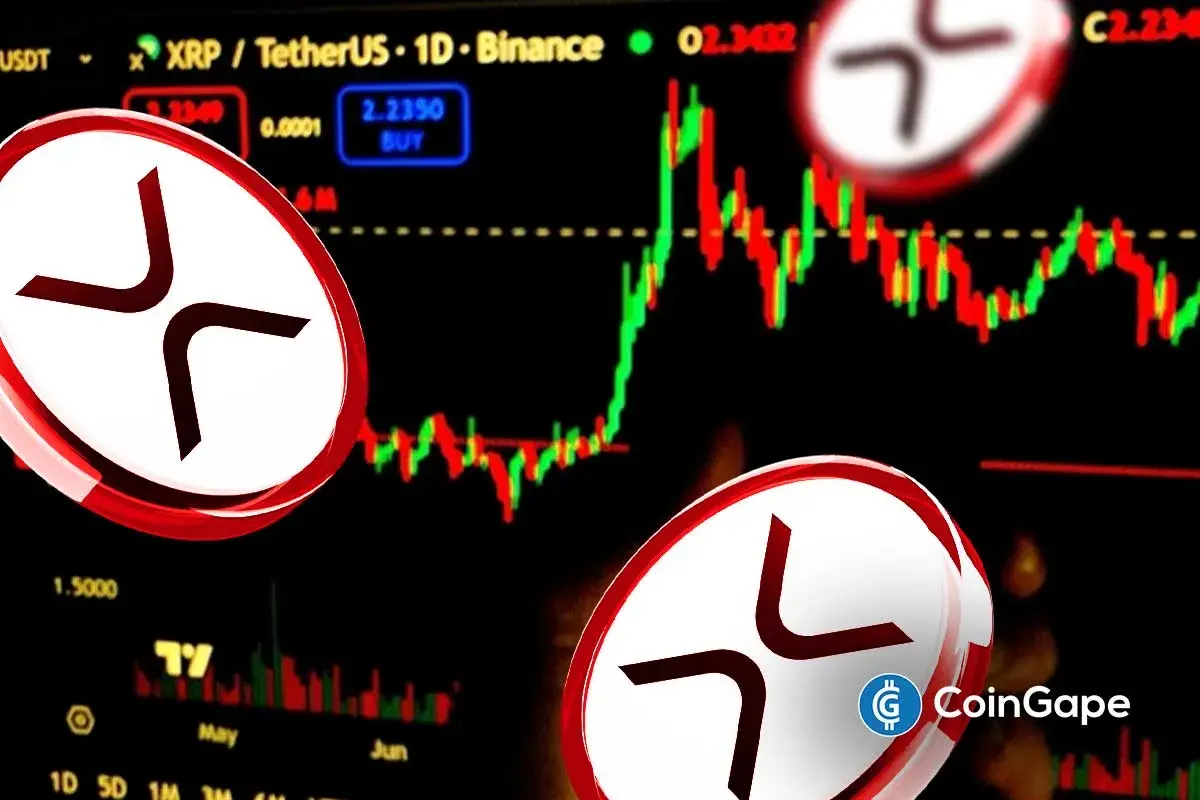Throughout the existence of mankind, there have been numerous significant paradigm shifts. From our architectural structures to the way we communicate and even the way we transact financially, we are constantly evolving and automating our daily activities. One revolutionary technology we have today is the blockchain; a system that serves as a decentralized, secure, immutable and executing ledger.
Researchers are constantly reviewing this technology to ensure that it is environmentally friendly, has real-world adoption, and, most importantly, is scalable in all layers. For this cause, developers have propounded various ideas to make blockchains scalable, one of which is the proposition for blockchains to be modular rather than monolithic in structure.
Before diving into the technical aspect of a modular and monolithic blockchain, we must discuss the core functions of a blockchain, as it would help in understanding the context of this topic. These include:
1. Consensus: This defines the state of the blockchain. In detail, consensus dictates how data is added to the network and ensures that data (blocks) added to the network is accurate. In this case, we have the proof of work and the proof of stake consensus mechanism.
2. Execution: The ability for blockchain nodes to finalize a transaction and update the state of the blockchain. For instance, Mike sends Steve 100 $ETH, this transaction is added to a block in the mempool. When a validator verifies the block and uses the blockchain’s consensus mechanism to update the state of the network, then the transaction is executed.
3. Data Availability: This refers to the amount of data that can be stored in each block of the blockchain. When this block is added to the network, the data becomes immutable.
The word “Monolithic” can be defined as something consisting of a single unit. In our context, a monolithic blockchain carries out all three functions in its base layer. In essence, these L1s try to accomplish consensus, data availability, and execution within the same space. Since these functions are carried out within a limited block space, monolithic blockchains try to optimize their networks to accomplish these objectives.
Monolithic blockchains solely carry out three functions; consensus, execution, and data availability.
Consensus: Monolithic chains achieve consensus when nodes agree on the order of transactions in a block and which block should be processed and added to the network. For PoW monolithic chains like Bitcoin, the entry requirement to become a miner is your computational power. Likewise, PoS chains require you to lock a certain amount (stake) to partake in securing the network.
Execution: This involves nodes validating transaction and bringing it to finality. The higher the number of nodes in a chain, the longer it takes for a transaction to be validated. Thus, some monolithic blockchains are built with fewer nodes to optimize execution time.
Data Availability: To make this more efficient, some monolithic blockchains have taken the approach of increasing the block space to accommodate more transactions and upscale its throughput. This means node service providers would require more storage, which, if not efficiently managed in the long run, could result in network breakdown.
1. Most monolithic blockchains can effectively keep their network secure, considering that all the work is done on just one layer. Nodes can easily review what goes on-chain.
2. Monolithic blockchains are easier to design due to their simple structure.
1. Some monolithic chains lack efficient scalability. Which is a major drawback to user experience.
2. Monolithic blockchains are very inflexible when compared to modular chains.
3. As more users interact with a monolithic blockchain, more blocks are stored in the blockchain. Over time, the huge profusion of blocks would lead to heavy hardware requirements from nodes.
1. Bitcoin
2. Solana
3. Binance Smart Chain
One thing to note in modular blockchains is that it adopts the strategy of “division of labour.” As the name implies, modular chains carry out the functions of a monolithic blockchain but delegate each function to a layer. This means that the base layer is not burdened with too much work, and thus, makes the network scalable.
Execution: Modular blockchains execute transactions via rollups which are efficient in processing transactions quickly. Using rollups is a smart approach to reducing the workload in modular L1s. Rollups do not need to focus on consensus or data availability, as another module will carry that out.
Consensus: Due to its earth-friendly nature, modular blockchains have adopted the proof of stake consensus mechanism. Unlike proof of work, PoS only require network participants to lock their capital (stake).
Data Availability: Unlike monolithic blockchains, modular chains adopt sharding to maximize their block space. The concept of sharding implies that the validators in a network are split into smaller groups (committees) with specific roles in maintaining the network. This makes the blockchain scalable and easy to use.
1. Unlike monolithic chains, modular blockchains are highly scalable. Assigning tasks to multiple networks reduce the congestion and latency of the network
2. Blockchains that are modular have proven to be flexible. While monolithic blockchains are limited (and inflexible), modular networks can grow efficiently and accommodate more users.
1. The design for modular chains is very complex when compared to monolithic chains.
2. When it comes to security, modular chains are lacking in this. In monolithic chains, it’s easier to keep the network secure because everything is done in one layer, but when it comes to modular chains, ensuring the safety of each layer in the network becomes difficult.
1. Ethereum
2. Celestia
3. Cosmos
While a lot of crypto natives support the motion for modular chains to replace monolithic chains, it is obvious that both blockchain structures have their benefits and their drawbacks. When it comes to which chain you should use, it boils down to what your prior needs are. If you are looking for a blockchain that gratifies security, then sticking to a monolithic chain might be a good idea, but if you desire to interact with chains that have efficient throughput, then a modular chain is your best bet.















